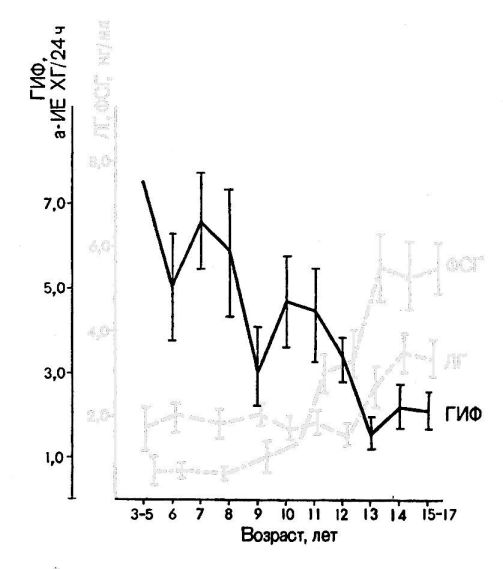- “A survey among the members of the Paedophile Information Exchange (PIE) showed… some interest (expressed as a minimum age of interest) in (boys) aged five or six… A correlation between the distribution of age preference of paedophiles for boys, and a histogram prepared by Kinsey, showing the percentage of males involved in sex play at each pre-adolescent age(, demonstrates) that paedophiles are most attracted to boys at the age when they are most sexually active.” (O'Carroll, 1980.)
Among the pedophiles surveyed during the Breda NVSH Conference of 1973-04-07
- 4 preferred boys not younger than five years of age,
- 4 preferred boys not younger than six years of age, and
- only 1 preferred boys not younger than seven years of age (Bernard, 1982).

According to Kinsey Repots, Vol. 1, Table 28, sex-play is discovered
- at age five by %16.1 of boys,
- at age six by %13.9, and
- at age seven only by %11.5.

Condy et al. (1987) found
- 5 men had tried sex with a woman at age five,
- 3 at age six, and
- 0 at age seven.
So Freud was right, seven-years-olds avoid sex experience more than five-/six-years-olds!
- [That's not the case for Titus Rivas “Positive Memories” from former
- five- (4 stories),
- six- (3 stories) and
- seven-years-old (5 stories) boys.]
In accordance to Kolesov et al. 1985 study, it can be attributed to suppression of child sexuality by some hormon called
- “gonadotrop(h)in-inhibiting factor” (GIF), or
- “gonadotropin inhibiting material”, or
- “gonadotropic inhibiting material”, or
- “gonadotropin-inhibiting substance”, or
- “fattore urinario ad azione antigonadotropa”.
- “The biggest GIF secretion,
- 7.6 of units of the lack of chorionic gonadotropin per 24 hours, is observed before the age of six…
- On the seventh year of life GIF inhibits 6.61 ± 1.13 of choriogonadotropin units per 24 hours…
- Along with the maxima for the ages of seven through ten and 14 years significant falls of GIF levels are observed on sixth, nineth and 13th years of life when the GIF secretion is accordingly 4.98 ± 1.31, 3.00 ± .85 and 1.57 ± .40 (p < 0.05).”
All ...
- “the changes in gonadal and pituitary activities, changes in gonadal sensitivity towards gonadotrophines at the age of two-three and eight-nine years, and grand (wave-like) changes in the degree of anti-gonadotrophine inhibition during the whole childhood,” especially the fact “that boys have lower levels of GIF at the age of six, it shows those complicated pre-pubertal processes and the absence of the ‘asexual’ developmental period…
Our study gave us a cogent evidence that sexual development is active even before puberty, it totally rebuts those conceptions, still popular, of ‘neutral’ childhood,”
... Kolesov et al. claimed.

That's why latent phase in boy sexual development has a natural explanation, not a cultural one.
Sources
• Bernard F., 1982: «Kinderschaender? Paedophilie — Von der Liebe mit Kindern», in German: IV, Tabelle 13.
o < https://www.ipce.info/booksreborn/bernard/factual.htm >
o < https://www.ipce.info/library_3/files/bernard_russ/bernard_russian_version.html
• Condy S.R. et al., 1987: “Parameters of Sexual Contact of Boys with Women.”
• Freud S., 1905: Three Essays on the Theory of Sexuality, in Russian.
• Kinsey A.C. et al., 1948: “Sexual Behavior in the Human Male”: Table 28
o < https://www.ipce.info/booksreborn/Kinsey%20Book%20Sexual%20behavior%20in%20the%20human%20male.pdf >
• Kolesov (ed.), 1985: “Polovoe Razvitie Malchikov,” in Russian, Moscow: the Pedagogy Publishing House.
• O'Carroll T.V., 1980: “Paedophilia — The Radical Case.”
o < https://www.ipce.info/host/radicase/index.htm >
• Rivas T., 2013: “Positive Memories.”
o < https://www.ipce.info/host/rivas/positive_memories.htm >